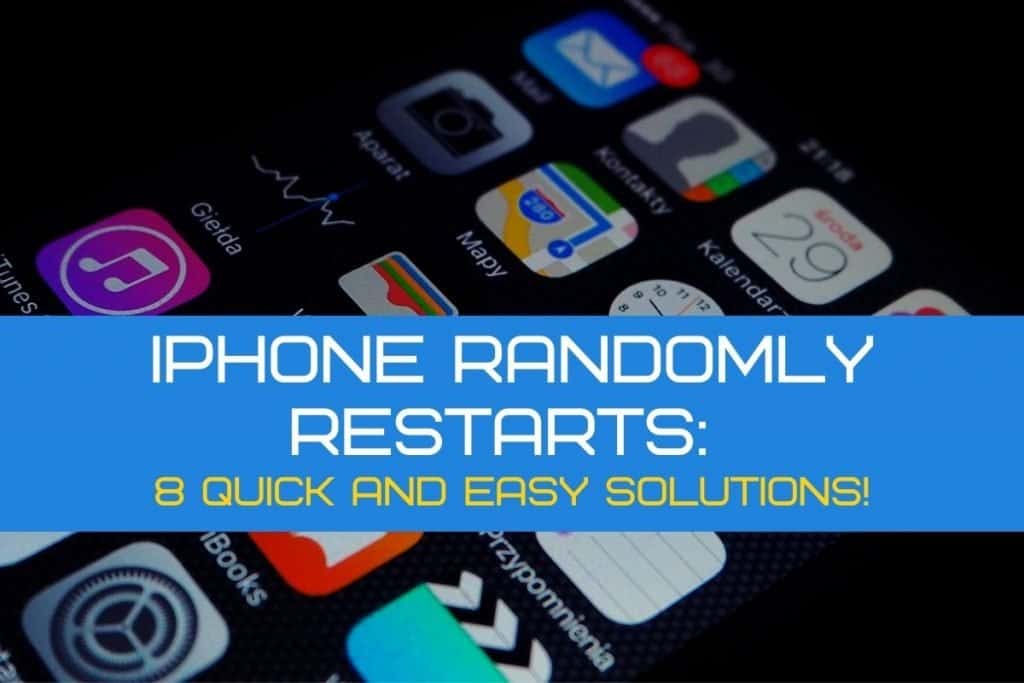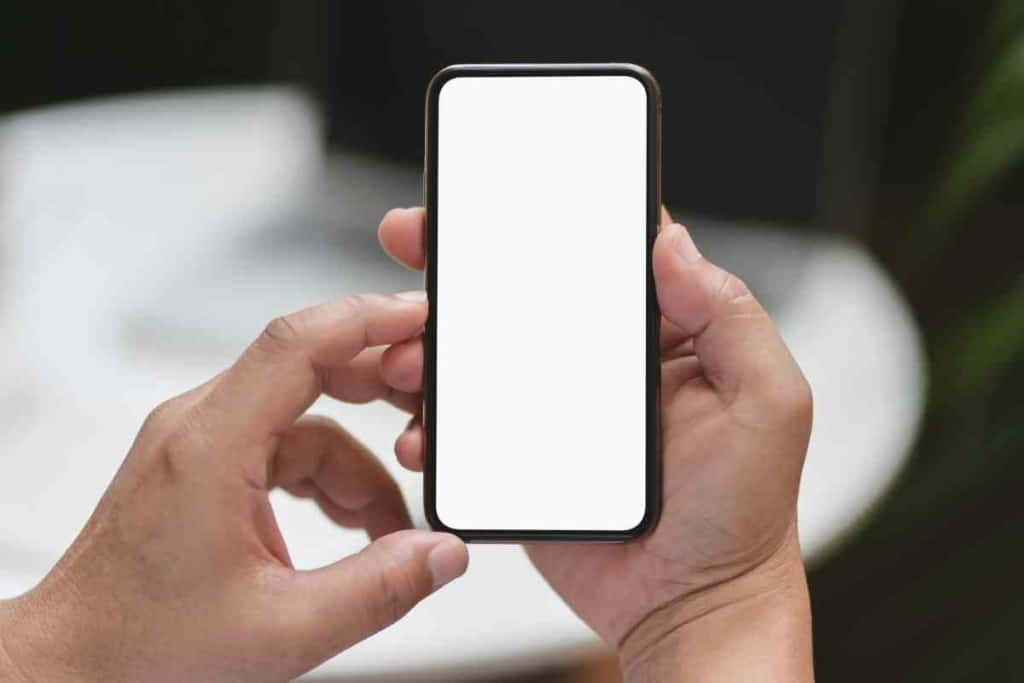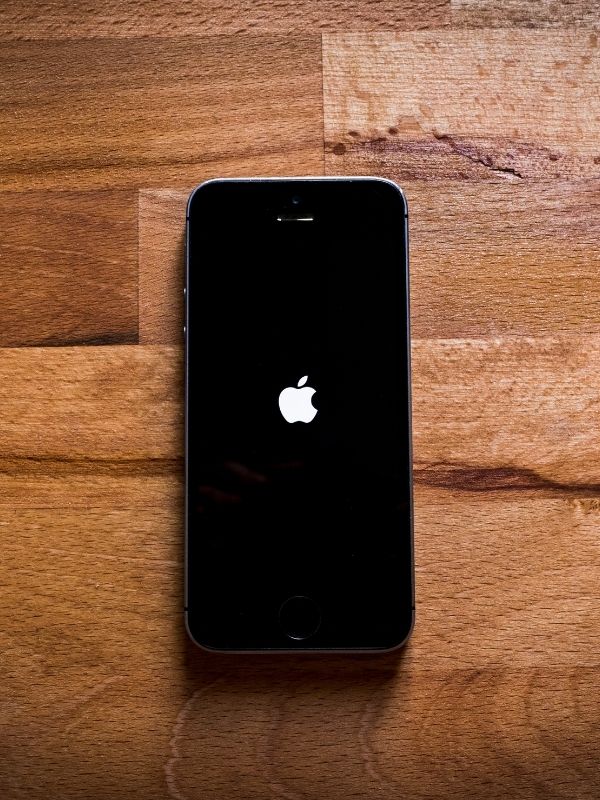iPhone Randomly Restarts: 8 Quick and Easy Solutions!
While the iPhone is a remarkably powerful and stable device, I’ve encountered times when my iPhone would randomly restart for seemingly no reason. If you’re experiencing this problem now, then sit back, and let’s work on it together. There are a few reasons that your iPhone keeps restarting and things you can do about.

Why does iPhone randomly restart?
Your iPhone might be randomly restarting because an app is draining too much power or your memory is too full. Start by removing apps that are draining too much power, cleaning up your device, and doing a reboot to clear out junk files.
There are numerous reasons for your iPhone random restart problem. Regardless of that, we can find the solution together by taking this one step at a time. It won’t be long before your iPhone is fixed. Scroll down to find out how.
Step 1: Remove Bad Apps and Check the Battery Usage
The most common reason for random iPhone restarts is that you have bad apps installed or you need to update apps. Before you do something drastic like reset all settings with a factory reset, check your apps. Sometimes the app has a bug or malware attack, but more commonly, it is draining your iPhone battery power.
While you can remove any new apps that you installed, this often isn’t the best way because it might be useless apps that you haven’t updated. I will show you how to check which apps are taking the most battery power. Of course, if you see an app icon that you know you haven’t used in awhile, go ahead and delete it.
You also don’t need to completely remove faulty apps. Sometimes a simple upgrade is all that’s needed to stope your iPhone restarting randomly.

Check Battery Usage
Turn on your device and select “Settings” from the Home screen. Select “Battery” and then “Show Activity.” This will show you various apps and background procedures that require battery power.
Assuming you aren’t having trouble connecting to a power source or a damaged battery, it may be an app that is draining battery. Tap on “Show Detailed Usage.” This will break down how much battery power each app is using. I prefer to tap “Battery Usage” here as it will show you the percentage of battery life each app requires. This analytics data is invaluable when your iPhone keeps restarting. You can easily see which iPhone storage usage apps are using and click
You can choose to view battery usage over the last 24 hours or 10 days. There are currently no other views, but this can always change with an operating system update.
You are looking for apps that are taking excess amounts of battery life. For example, if a relatively small app like a calculator takes 40 percent of your battery life, then you know it’s a problem.
Correcting the Issue
There are two things you can do here. You can choose to delete the app or update it. Useless apps should be deleted first.
Deleting the app will fix the problem permanently, but it means you can’t use the program again without reinstalling it. You can do this by tapping and holding the app’s icon.
After a few seconds, it will wiggle and an “X” will appear in the corner. Tap the X to remove the app. It is now deleted from your iPhone.
You can also update apps if they aren’t in the latest version. Software issues can slow down an app. Go to the App Store and search for the app. You will see a button to update the app. Select this button and the new version will download. This will often correct the problem, but there is a chance that it won’t.
If the problem persists, then delete the app.

Step 2: Resolve Storage Issues
This tends to be a problem with older iPhones, likely the iPhone 8 and older. However, it may also happen with current models. If your iPhone’s storage is too full with media files, a messages app you never use, etc. it can mess up your device in numerous ways.
Aside from not being able to save more files or download apps, you will also notice that your device moves slower and the battery drains quicker. Another possible issue is that your device will keep restarting randomly.
There are several ways to fix iPhone issues like this. While iPhone doesn’t have expandable storage, there are options for saving your files or removing them completely. Just make sure to backup files before you start deleting, in case you tap delete on the wrong content.
Delete Unneeded Files
The most straightforward way of fixing this problem is deleting unnecessary files. You probably have numerous files on your device that you don’t need. Every file you delete frees up some of the storage space. It’s easy to have a little bit too much fun at the apple store and end up with apps you never use. Maybe you have lots of old messages bogging down your data.
I suggest taking a look at the largest files first. Go through the file explorer on your sim card and phone storage. Look for video files and game apps that you no longer need. You can also delete messages, pictures and other files to free up some space.
Keep doing this until you have at least 1GB of free space available. if the issue persists , it may be that storage isn’t responsible for your device restarting.
Cloud Storage
While iPhones may not have expandable storage, there are ways of saving your files away from your device. Cloud storage allows you to save the files elsewhere so that they don’t impact the iPhone’s storage, but you can still access them.
You should have iCloud storage on your device. If you don’t, then download the iCloud app and then move some files over there. You can access these files whenever you need them, so you might as well remove them from your device.
There are numerous other cloud storage providers as well. You can use multiple ones as needed to ensure that your phone’s storage isn’t clogged.
Worried about music storage? If you have the latest version of iTunes installed, you can launch itunes and listen to your music on your iphone, ipad, or any other devices whenever you have wi fi.
There’s no need to keep all your data on your phone. If random restarting is a problem for you, take advantage of the cloud storage attached to your apple id to keep things there.

Step 3: Update the Operating System
Apple likely has a new ios update for you if you haven’t downloaded the latest ios version yet. While some people groan about updating their device, especially since there might be changes you don’t like, it’s always good to keep your device up to date.
Failing to update the operating system means that there might be security holes or a software issue causing your phone to restart randomly. These issues might result in your phone randomly restarting along with many other problems. Updating the operating system might be exactly what you need to prevent these system problems from happening.
Update iOS
There are two ways of updating the OS on an ios device. The easiest and most straightforward way is by going to the “Software Update” tool.
Go to your Home screen and then select “Settings.” Select “General” and then “Software Update.“
This will then search for a new iOS update. If one is available, then you will be able to download and install it. The problem, though is that the device needs time to download the OS, and these files tend to be quite large.
If the random restarts aren’t that frequent, then this might be fine. If it’s happening several times a day, then this could be an issue. You don’t want your phone to force restart in the middle of the update.
You can manually download and install the new iOS system. If you have iTunes installed or Mac App Store, depending on which Apple OS you’re running, search for the newest iOS version.
Connect your device and download the new version. This allows your computer to be responsible for most of the downloading, and it will help with the installation as well. Once completed, you can then decide to update iOS on the device.
This should correct the restarting problem if it’s from an old operating system. If nothing is working for you, remember you can always contact apple support.
Related Content You May Find Interesting
Here are some more articles that may be of interest to you if you have a sometimes problematic iPhone.


